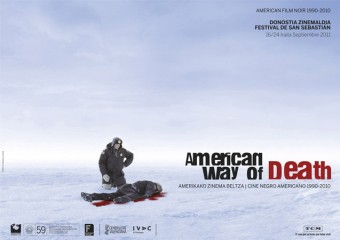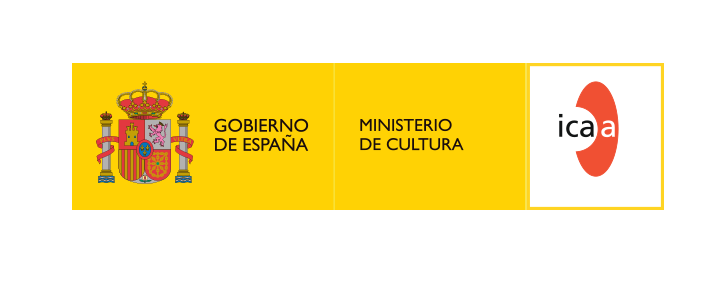The thriller, or film noir,is one of the genres to have weathered best with the passing of time, most likely because portraying the dark side of societies across the world has always been its true philosophy. Portrayals of delinquency, police and political corruption, criminal impulse and dark desire have nourished one of the most powerful cinematic imageries to come out of the 20th and 21st Centuries.
While criminal fiction of this kind emerged in the context of classic American film, it was later transplanted into cinematographies across the world. But how has the genre evolved in that American cinema over the last two decades? The aim of this retrospective is to offer a weighty selection of some of the most remarkable contributions to American film noir,underscoring its untold mutations and variations with time: nostalgic recreations of that former film noir, film adaptations by masters of noir fiction and post-modern revisions. However, there was also space for films offering revamped portraits of emblematic characters in the genre such as detectives and gangsters, films depicting the reality of the African-American community in the shape of a detective story, films on serial killers, erotic thrillers, country noir, and their x-rays of “deep America” or the independent movies turning to the genre.
The cycle includes important works by moviemakers like Quentin Tarantino, Michael Mann, Abel Ferrara, Ethan and Joel Coen, Clint Eastwood, Spike Lee, David Lynch, Martin Scorsese and David Fincher. Here we can classic films in the genre like Reservoir Dogs(1992), Wild at Heart (1990) Miller’s Crossing (1990; Silver Shell for Best Director at San Sebastian Festival), Seven (1995), Fargo (1996), Collateral (2004) and Zodiac (2007). However, there will also be space to recover and discover independent productions and recent cult titles like John Dahl’s Red Rock West (1993), Suture (1993) by Scott McGehee and David Siegel, the Hughes brothers’ Menace II Society (1993), James Gray’s Little Odessa (1994) and Paul Thomas Anderson’s Hard Eight (1996).
Thanks to a selection of 40 titles, the cycle dusts down a rather unflattering view of the American dream, a mirror darkly reflecting the welfare society, yet similarly a clear-cut example of the astonishing vitality of a genre that continues to attract moviemakers and audiences the world over.
A book on this retrospective coordinated by Roberto Cueto and Antonio Santamarina willalso be edited.
This cycle is co-organised with the Filmoteca Vasca, with the collaboration of the Filmoteca Valenciana and sponsored by TCM.
Thematic retrospective
Under more generic, allegorically-entitled headings, the Festival has grouped together films not commonly offered (even in specialised sections) and which, nevertheless, deserve filmgoersí attention. Based on this philosophy, a number of cycles have seen the light, including "The Guys in the Photo", "Forgotten Films"; "You Only Live Once", "The Best 100 Years in our Lives", "The European Adventure", "Spanish Cinema Discoveries", "The Red Nightmare", "A Long Absence", the two editions dedicated to post-war Italian comedy, entitled "Hunger, Humour and Fantasy" and "The Boom Italian-Style", or "The TV Generation", "It Happened yesterday", "50 from the 50s", "Amongst friends and neighbours", "Incorrect@s", "Rebellious and untamed", "Emigrants", "Cold Fever", "Japanese Film Noir", "Backswash; curring edge of french cinema", ".doc – New paths of non-fiction" last of these cycles.
Related News






